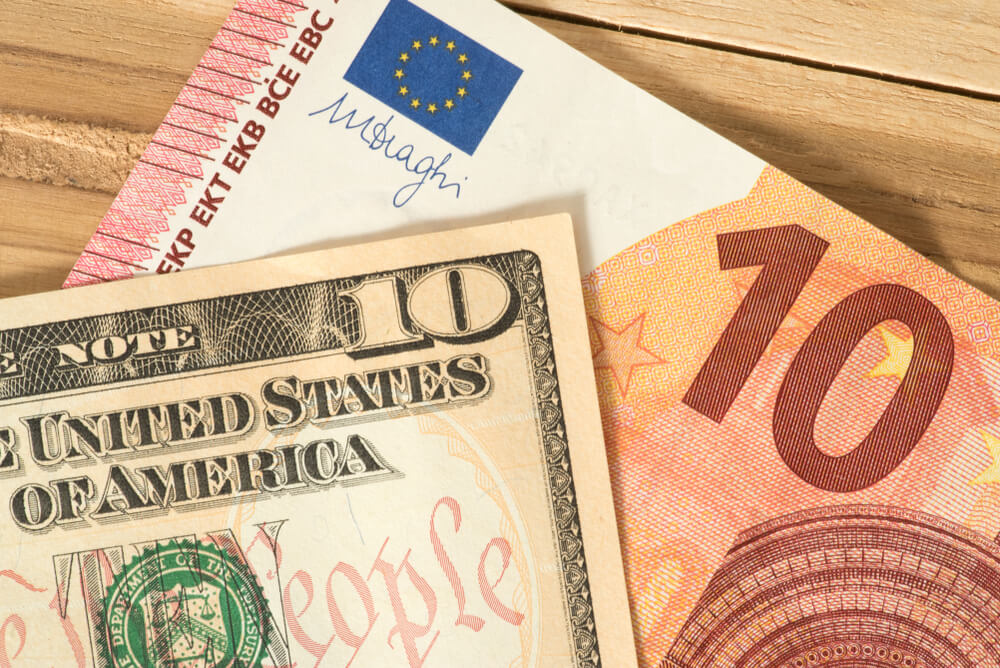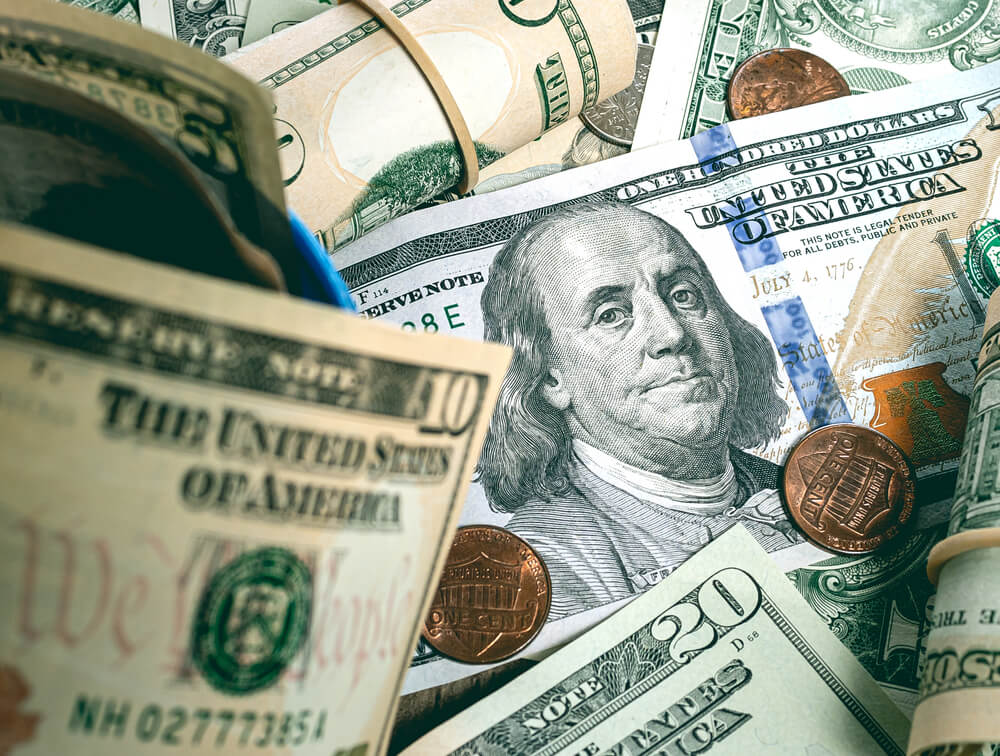On Wednesday, the Fed increased its benchmark funds rate by 25 basis points but dropped some hints about “ongoing increases” needing a favor for “some additional” rises.
The U.S. dollar faced some loss on Thursday after the Federal Reserve was close to calling time on the interest rate increase, while the Bank of England and Swiss National Bank promoted further increase rate ahead.
The dollar hit a seven-week low on Friday as nervousness among banks unsettled investors and traders weighed the Federal Reserve’s chances of halting rate hikes.
The Fed’s rate hike was notable as financial markets suffered from losing confidence in banks worldwide following the run on Silicon Valley Bank (SVB) two weeks ago and the sudden collapse of Credit Suisse bank Switzerland.
According to the senior market analyst at Convera, Joe Manimbo, if the banking crisis eases significantly and inflation stays stubbornly high, this could be a recipe for a dollar recovery, as perhaps the Fed could go full steam ahead with anti-inflation and not be so worried about the banking crisis wreaking havoc on the economy.
The dollar index measures the currency against other rivals and has declined by 0.097% at 102.48, just higher than the seven-week low of 101.91 on Thursday. On Thursday, the index experienced a small gain, its first in six trading days.
Other markets affected by Fed rate
According to the CME FedWatch tool, the markets are currently showing a 68 percent likelihood of the Federal Reserve increasing rates at their upcoming meeting and a 32 percent probability of a 25-basis point rise.
As the central bank is working to balance tackling inflation with worries about financial market turmoil, the Swiss National Bank has also increased its policy rate by 50 basis points.
The Australian dollar increased by 0.07% to $0.669, while the kiwi declined to $0.624.
The yen increased by 0.51% to 130.16 per dollar. It reached a six-week high of 130.055. Analysts said the data supported market expectations for a near-term correction in the bond yield control policy, with inflation still above the bank of Japan’s 2% target.
Euro increased to a seven-week high of $1.0930 before decreasing by the gap. It was at $1.08480. At the same time, the Sterling increased by 0.13% against the dollar to %1.22845.















